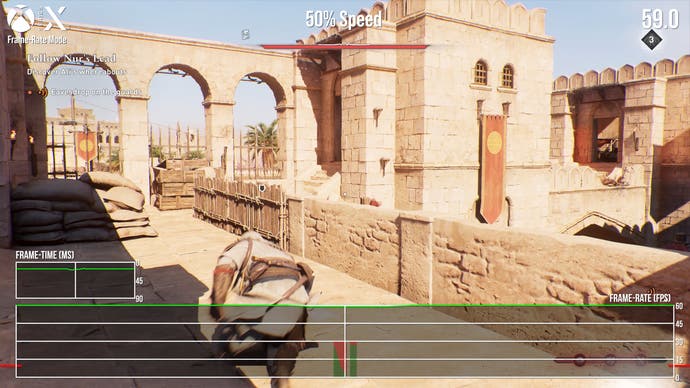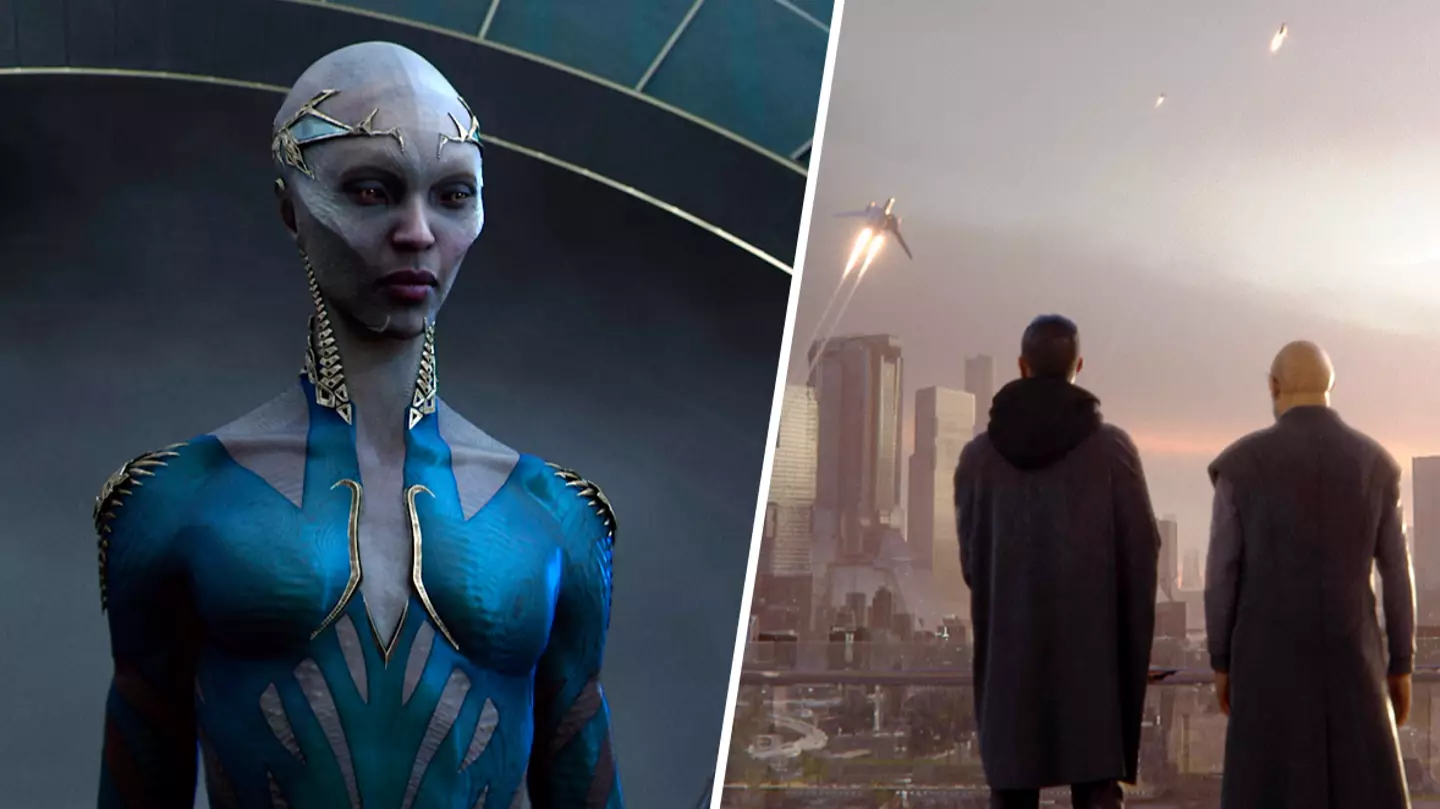Developed by Ubisoft Bordeaux, Assassin’s Creed Mirage marks the 15th anniversary of the Assassin’s Creed series. Originally planned as an expansion for Assassin’s Creed Valhalla in 2020, the Mirage franchise has now become a standalone game. While Mirage is a shorter experience, it doesn’t necessarily mean it’s lacking. The game focuses on a single main character, Basim, a new recruit to the Assassin’s Brotherhood, showcasing his parkour skills in a beautifully recreated ninth-century Baghdad. The Ubisoft Anvil Engine brings the city to life, from the outskirts to the gates of Damascus. But how does the technology compare to AC Valhalla? While Mirage shares some technology with Valhalla, it is a smaller project overall. The installation size alone speaks volumes – Mirage is only 33GB, compared to Valhalla’s 110GB. Despite its smaller size, the Ubisoft experts have meticulously crafted the design of the Baghdad area in Mirage. Every part of the city is filled with intricate details, from the dye factory wells to the stables near the Prince’s Palace. The use of volumetric lighting adds depth to the visuals, with the evening light capturing the dust of the fire. However, there is a drawback in terms of character detail. The fabric physics only go so far, and when viewed up close, some details are not as clear. While Mirage’s world design is excellent, the visuals do not meet the same standard.
Assassin’s Creed Mirage – Digital Foundry video review.
The game performs well on all current-gen consoles, including the PS5, Series X, and Series S. All three consoles offer the same options, with two versions available: 60 frames per second (fps) and the highest image quality at 30fps. The PS5, Series X, and Series S perform similarly in terms of top performance. In the 30fps mode, the resolution is dynamic, reaching up to 4K on PS5 and Series X, occasionally dropping to 1944p. The Series S maintains an impressive 1620p, with a lower limit of 1512p. In terms of visual differences, the PS5 and Series X have similar design changes, graphics, and shaders. However, there is a noticeable difference between the Series S and Series X in high-performance 30fps mode. In the bustling city scenes, the Series S stands out with its detailed geometry, shadows, and wood color. However, these limitations are not visible during gameplay. In the 60fps mode, the quality of the Series S lowers slightly, but it still remains impressive. The PS5 and Series X drop to a dynamic 1800p, with a lower limit of 1440p. The Series S performs at a solid 1080p in this mode, with a lower limit of 864p. Sacrifices have been made to achieve 60fps, not only in resolution but also in other aspects such as geometry and plant level of detail (LOD). However, overall, the two Xbox consoles perform similarly. The textures, volumetric fog, and number of non-playable characters (NPCs) remain consistent.
In the 60fps mode, gameplay is smooth on all three current-gen consoles, with occasional tearing if the dynamic changes push the pixel count to change rapidly. In terms of performance, Mirage is expected to have a similar experience to its predecessor. In the high 30fps mode, the game maintains a stable frame rate with no noticeable drops, even during parkour sequences. Navigating through the challenging inner-city areas, whether on horseback or in the air, remains fluid at around 30fps. The 60fps mode, however, has some drawbacks. Camera movements from the sky to the city result in a significant increase in GPU load, causing screen tearing and occasional drops. Both the PS5 and Series X experience this issue, although tearing is more frequent on the Series X. Fortunately, the frame rate mode maintains a steady 60fps in most situations, providing a consistent and enjoyable experience. The Series S performs well, running at 60fps with the same brightness as the Series X, with occasional tearing. The engine’s cut mode switches to a 30fps cap, but it does not impact the overall gameplay experience. Ubisoft’s Anvil Engine scales well to the Series S, delivering smooth performance even in demanding city environments.
Overall, Assassin’s Creed Mirage lives up to the legacy of the Assassin’s Creed series. It addresses many of the issues experienced in Valhalla and provides a smooth gaming experience on all three consoles – PS5, Series X, and Series S. While playing at 60fps offers a better visual experience, sticking to 30fps is a viable alternative without sacrificing too much. The technology changes in Mirage, compared to Valhalla, may not be significant, but the final product is solid and enjoyable. As we look ahead, we hope to see Ubisoft push the boundaries even further in future installments of the series.














